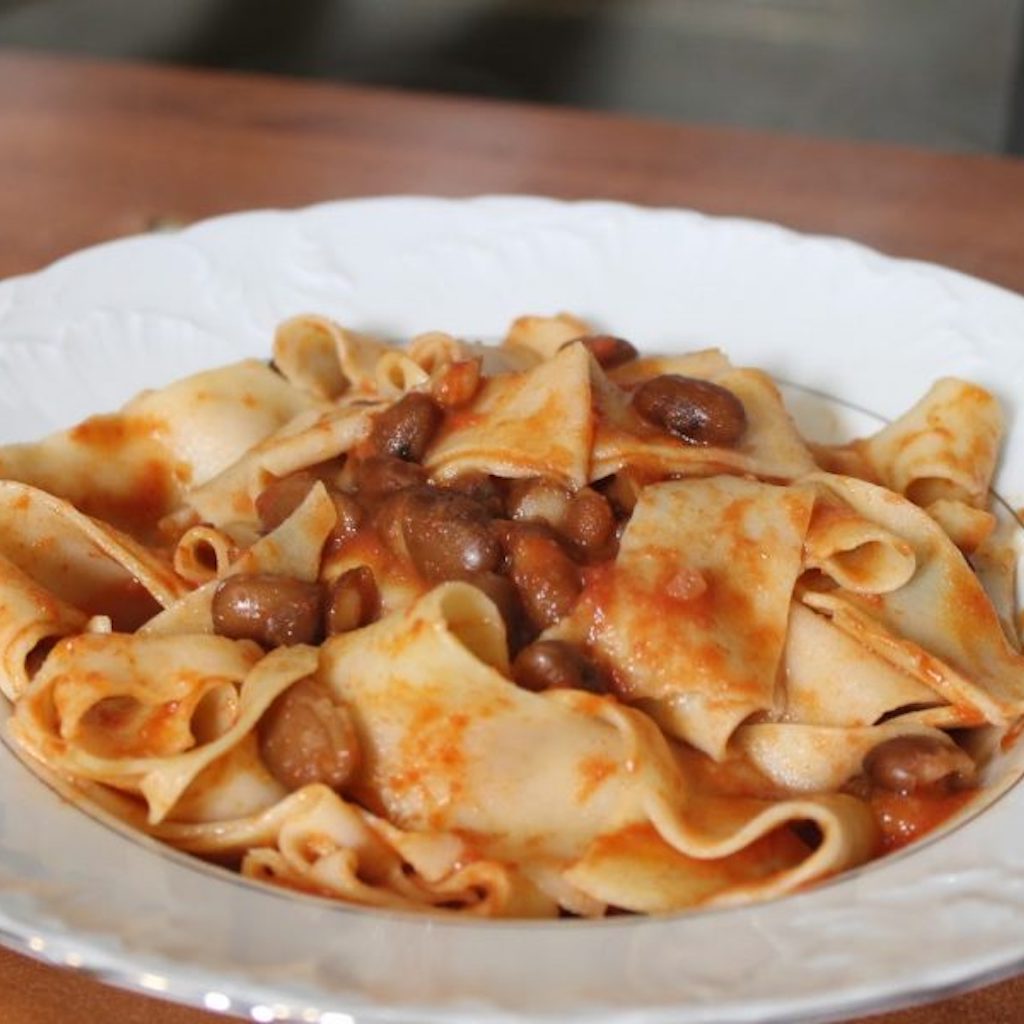When King Charles of Bourbon sent Louis Vanvitelli the Royal Palace of Caserta, he had in mind to compete in Versailles. Today, in addition to the magnificent royal palace, we can also admire the former parade ground that has been awarded the title of the largest square in Italy: it is Piazza Carlo di Borbone that, with its 130 thousand square meters of lawn, is kept inside the Royal Palace of Caserta.
Designed by Luigi Vanvitelli in the second half of the eighteenth century and completed by his son Carlo in the early nineteenth century, The former square of arms with an elliptical shape is part of a much larger project that saw in the Caserta palace the starting point of the five most important streets of the city.

Fonte: campania.info
At the beginning of the 21st century, the square underwent a long restoration and redevelopment to bring it back to the original project of Vanvitelli: the area became totally pedestrian, Numerous trees and shrubs were planted and the lighting system was also arranged. Under the square, then, was built a parking lot, also useful for the nearby train station.
In July 2020 the square changed its name: from Piazza Carlo III it became Piazza Carlo di Borbone; although the king is always the same, in the second case he plays the role of King of Naples and not of King of Spain, which makes him more suitable for the context.
Royal Palace of Caserta: history
The history of the Royal Palace of Caserta is marked by famous people and very ambitious projects. It was born as a royal residence, historically and sentimentally linked to the Bourbons of the Two Sicilies and wanted by Charles of Bourbon in person; it was he, in fact, who laid the first stone with which he started the construction work, that is 20 January 1752.
It all starts, in fact, the year before when Carlo bought from the Caetani family of Sermoneta the fief of Caserta which, inside, also houses an immense villa, with the aim of enhancing it and transforming it into the new administrative center of the kingdom. Suitably far from Vesuvius and from possible pirate attacks, Caserta lends itself as a self-sufficient and well organized city. As architect the king chose Luigi Vanvitelli, already known for having participated in the restoration of the Holy Church of Loreto.
Work proceeded very quickly until King Charles decided to leave Italy to return to Spain; it was 1759 when Ferdinand IV succeeded him and, only a few years later, the works suffered a setback due first to cholera and then famine. Meanwhile, in 1773 Luigi Vanvitelli died and his place was taken by his son Carlo.

Fonte: casertanews.it
The palace was finally completed in 1845: despite not faithfully respecting the initial project, it is a true masterpiece.
In 1919 it passed into the hands of the state property, in 1943 it became the headquarters of the Allies, while in 1945 it was the setting for the Nazi surrender.
In 1997, the Royal Palace of Caserta was declared a UNESCO World Heritage Site.
The interior of the Reggia
The Royal Palace of Caserta consists of over 1200 rooms and, consequently, about 1742 windows, all arranged in a very precise order. Internally, each room is richly decorated, praising luxury and pomp.

Fonte: reggiadicaserta.cultura.gov.it
Among the most beautiful interiors is the Palatine Chapel, made and personally decorated by Vanvitelli. Following the Court Theatre, a true masterpiece of 18th century architecture and a source of inspiration for architects operating throughout Europe.
The Park of the Reggia
The current Park of the Royal Palace of Caserta is not the one initially designed by Luigi Vanvitelli; this is because, in the course of work, serious economic problems have not allowed the completion of the pre-established works. Consequently, the idea of a garden, understood as a set of endless avenues lost among the countryside and prairies with groves and ponds, has been replaced by a park, one of the most significant expressions of Baroque art.

Fonte: mywowo.net
The Park of the Reggia is, in fact, the last example of typical seventeenth and eighteenth century projects that aimed at the expression of royalty through majestic and imposing exterior forms. Vanvitelli, in this sense, will certainly be inspired by the parks scattered at the time throughout Europe, first of all in Versailles.
The English garden
The central avenue, also called “via dell’acqua”, leads to the Fountain of Diana and Actaeon; on the right, here is the English garden, a small park inside the park that houses plants and flowers from all over the world.

Fonte: visititaly.com
It was designed by Carlo Vanvitelli with the help of the British gardener John Andrew Graefer at the behest of Queen Maria Carolina. In addition to the natural beauty, the garden has also been enriched with various architectural elements typical of the time, making it unique and special.
What to eat in Caserta: typical dishes and wines
If there is one thing that the casertani does not miss is undoubtedly the love for food and good food; anyone who goes to Caserta to admire the extraordinary Reggia (and not only) will definitely want to stop at a restaurant to order a delicacy of the place.

Fonte: italiani.it
What to choose? Here are the best dishes to try:
- menesta ‘mmaretata: in Italian it is called “maritata soup” and consists of a dish that is usually served at Easter and Christmas and that “marries” the meat with vegetables;
- pettolelle with beans: homemade pasta with flour, eggs and salt seasoned with cannellini beans, extra virgin olive oil, garlic, chopped parsley, oregano, salt and pepper;
- cianfotta: a stew very similar to the Sicilian caponata based on fried peppers with garlic, onion, potatoes, eggplant, chili, tomatoes and herbs, accompanied by bread;
- Caserta black pig: it is a symbol of the province that usually accompanies the main dish and can be served in the form of sausages, capocolli, bacon and soppressate;
- struffoli: a typical dessert of the Christmas period, that is dough balls made with flour, eggs, lard, sugar and aniseed liqueur, fried in oil or lard and wrapped in warm honey, and then decorated with candied fruit, pieces of sugar and colored sprinkles.
Every typical dish recalls, of course, a glass of local wine; inevitable Aversa Asprinio in its variants Alberata and Spumante, Falerno del Massico (white, primitive or white) and Galluccio (white, red or rosé). Home cooking will make you feel like a king, but don’t forget to drink responsibly.
Copertina: cottocusimano




